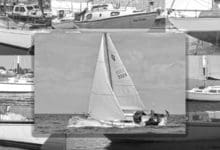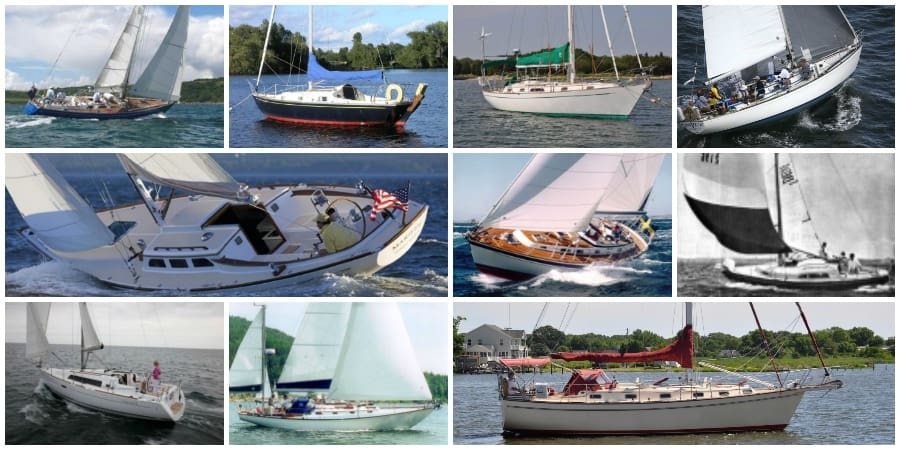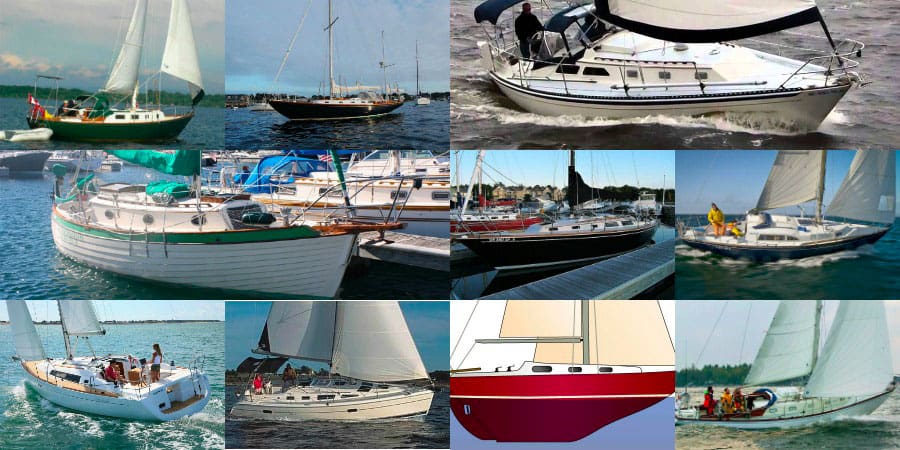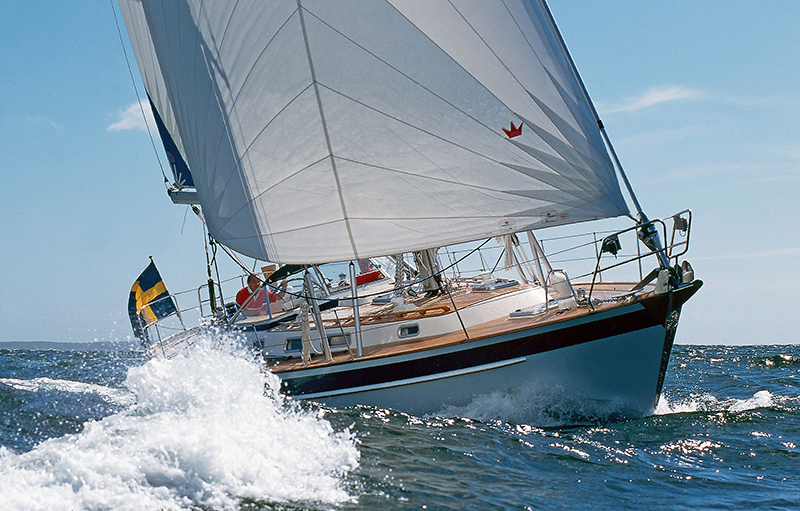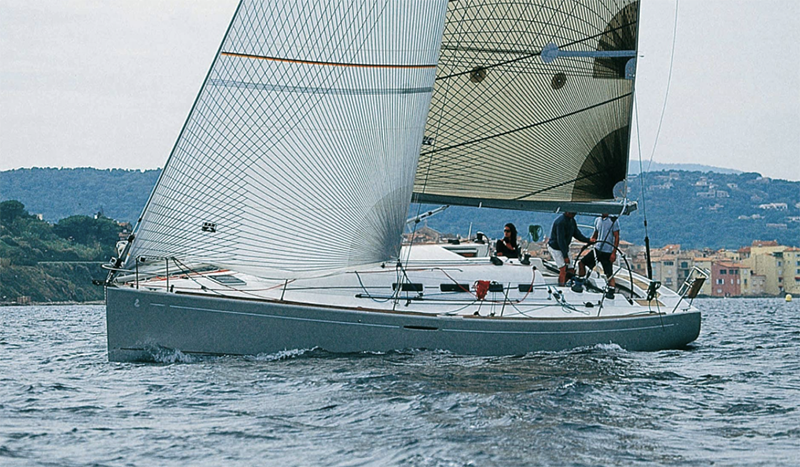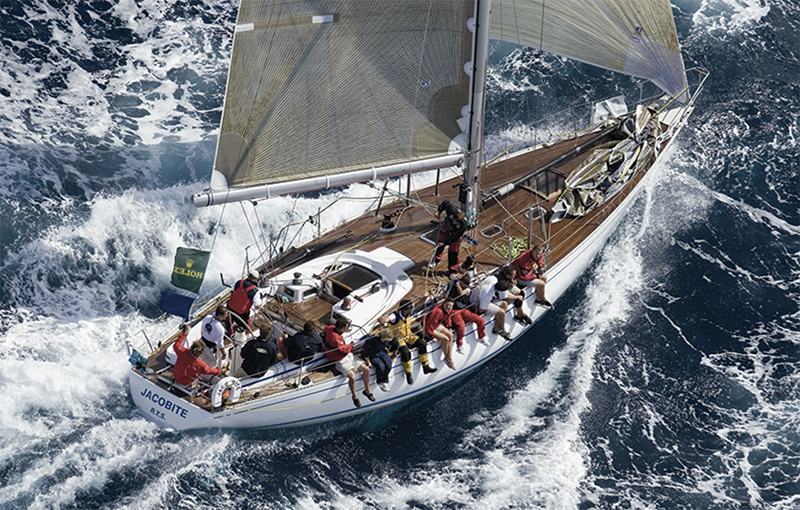Top 5 Classic Sailboats from the 90s Worth Buying Today (With Prices)
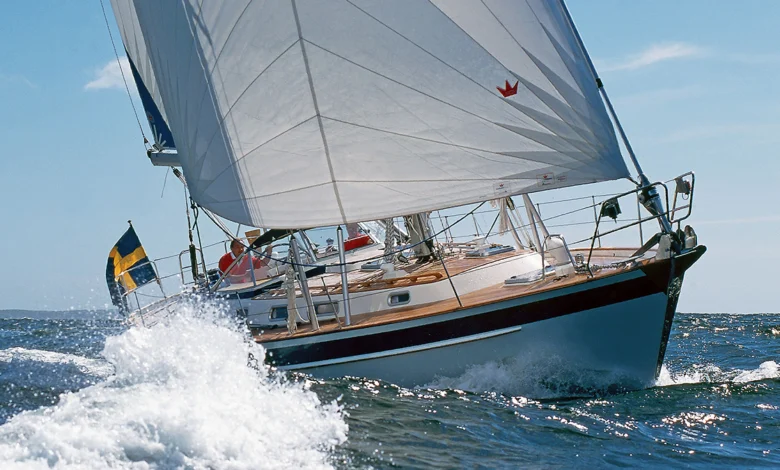
Discover the best sailboats from the 1990s, including the Grand Soleil 46.3, Hallberg-Rassy 46, X-Yachts X-442, Beneteau First 40.7, and Swan 48. Here are the best sailboats from the 90s still worth buying today and their current price ranges.
The 1990s were an important decade for the design and construction of sailboats between 40 and 50 feet. Built for long-distance cruising, ambitious regattas, or simply elegant offshore sailing, many of these boats still offer a good balance between build quality and price on the used market.
In this article, we’ll explore five representative models from that decade, each with a distinctive feature that sets it apart. We will examine their strengths and limitations while considering their current potential for those looking to invest in a valuable used boat.
Why These Models Are Still Popular
Sailboats from the 90s continue to attract enthusiasts due to their durable construction, balanced performance, and often more affordable prices compared to newer models. Many of these yachts were designed with performance and comfort in mind, making them appealing to both racers and cruisers alike.
1. Grand Soleil 46.3 – Elegance and Performance
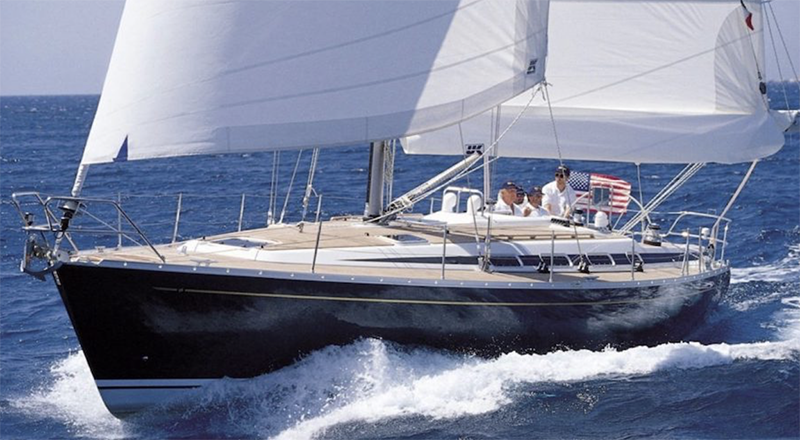
Designed by J&J Design, the Grand Soleil 46.3 aims to offer a good balance between speed and comfort. Its sleek lines and clean deck make it a practical and visually appealing yacht.
Built with offshore racing in mind and featuring well-crafted interiors, the Grand Soleil 46.3 has established itself for its versatility. However, its generous sail plan requires some experience to handle properly in challenging conditions. While the interior finish is good, it can show signs of wear if not well maintained.
Strength: Good sailing performance. Ideal for both fast cruising and amateur racing.
2. Hallberg-Rassy 46 – Robustness and Reliability
Designed by Germán Frers, the Hallberg-Rassy 46 is a bluewater cruiser known for its solid marine qualities. Built with a fiberglass hull and teak deck structures, it’s designed to handle long ocean passages with confidence.
The deck layout, with its protective hard top and sheltered center cockpit, offers safety in tough conditions but may feel restrictive for those who prefer a more open deck. Handling with a reduced crew is made easier by furling headsails and mainsail, but maneuverability under power is not always optimal. Warm and well-finished interiors hold up well over time if properly cared for.
Strength: Solid construction and seaworthiness. Perfect for long-distance cruising.
3. X-Yachts X-442 – Precision and Racing Performance
The X-Yachts X-442, designed by Niels Jeppesen, focuses on performance, with a sophisticated sail plan and a rigid structure supported by a steel frame reinforcing the keel and rigging loads. Its maneuverability is excellent but can be demanding for those looking for a pure cruising experience.
While it has proven to be a successful boat, its sporty orientation makes it less suitable for those who prioritize comfort over speed. The interiors, although well-designed, do not offer the same level of refinement as other models in this category.
Strength: Precision handling and optimization for offshore racing. Less suitable for relaxed cruising.
4. Beneteau First 40.7 – Versatility and Performance
Launched in 1997 and designed by Bruce Farr, the Beneteau First 40.7 quickly became a benchmark among racing and cruising sailboats. With a modern design for its time and a light yet robust construction, it is valued for its versatility.
The First 40.7 has been used for both high-level competitions and more relaxed cruising, thanks to its generous sail plan and spacious cockpit. However, the interiors, while functional, can feel spartan compared to those of other models more focused on cruising.
Strength: Versatility between racing and cruising. Great performance for sports or amateur use.
5. Swan 48 – Tradition and Prestige
The Swan 48, designed by German Frers and built by Nautor Swan, is a well-built yacht, but not without compromises. While the Swan name is undeniably prestigious, its performance is not necessarily superior to that of more modern designs.
Its solid construction and classic lines are appreciated by traditionalists. However, the used market price often reflects the brand name more than the actual performance. The interiors are elegant but require good maintenance to stay in top condition.
Strength: Iconic name and build quality. Prestige, however, may impact the price without necessarily offering better performance.
Comparison of Models
| Model | Strength | Best suited for | Average Price (€) |
| Grand Soleil 46.3 | Good performance and comfort | Fast cruising, amateur racing | 120,000 – 170,000 |
| Hallberg-Rassy 46 | Robustness and reliability | Ocean passages and long-distance cruising | 358,000 – 399,000 |
| X-Yachts X-442 | Precision and performance | Offshore racing and sporty sailing | 130,000 – 180,000 |
| Beneteau First 40.7 | Versatility and performance | Sporty cruising, amateur racing | 70,000 – 120,000 |
| Swan 48 | Prestige and build quality | Lovers of tradition and the Swan name | 250,000 – 400,000 |
Buying Tips
Buying a used 1990s sailboat requires careful consideration. Each model has its pros and cons, and the ideal choice will depend on your specific needs. It is essential to thoroughly assess the condition of the hull, sail plan, and interiors. Investing in a professional survey can make a significant difference.
For those seeking racing performance, the Grand Soleil 46.3 and X-442 offer good characteristics. Those preferring long-distance and safe cruising should consider the Hallberg-Rassy 46. Finally, the Swan 48 is a valid choice for those looking for prestige, although often at a higher price.
A well-maintained used boat can still provide authentic sailing experiences, but it’s wise to avoid impulsive purchases and carefully evaluate every aspect before making a decision.

